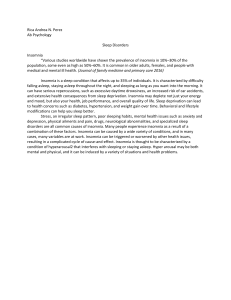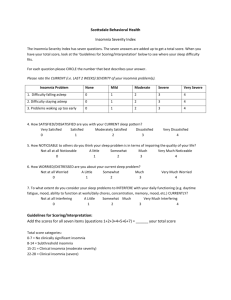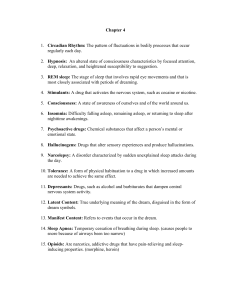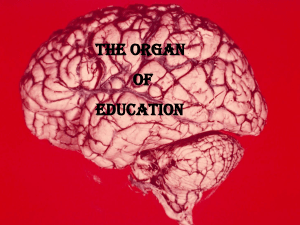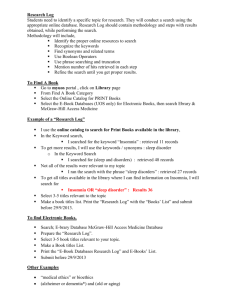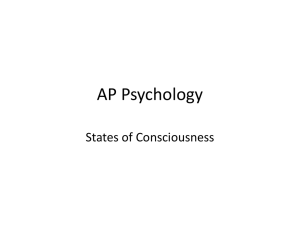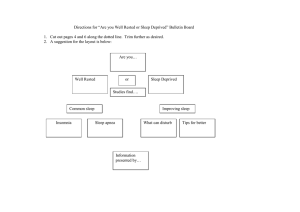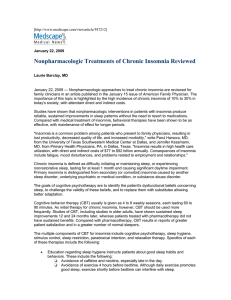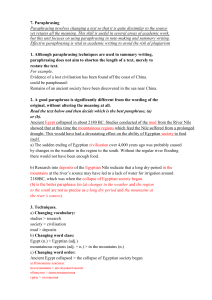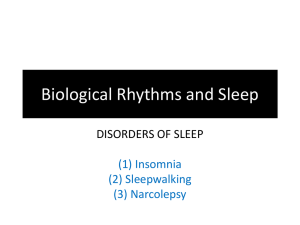Barron's Quiz PDF: States of Consciousness
advertisement
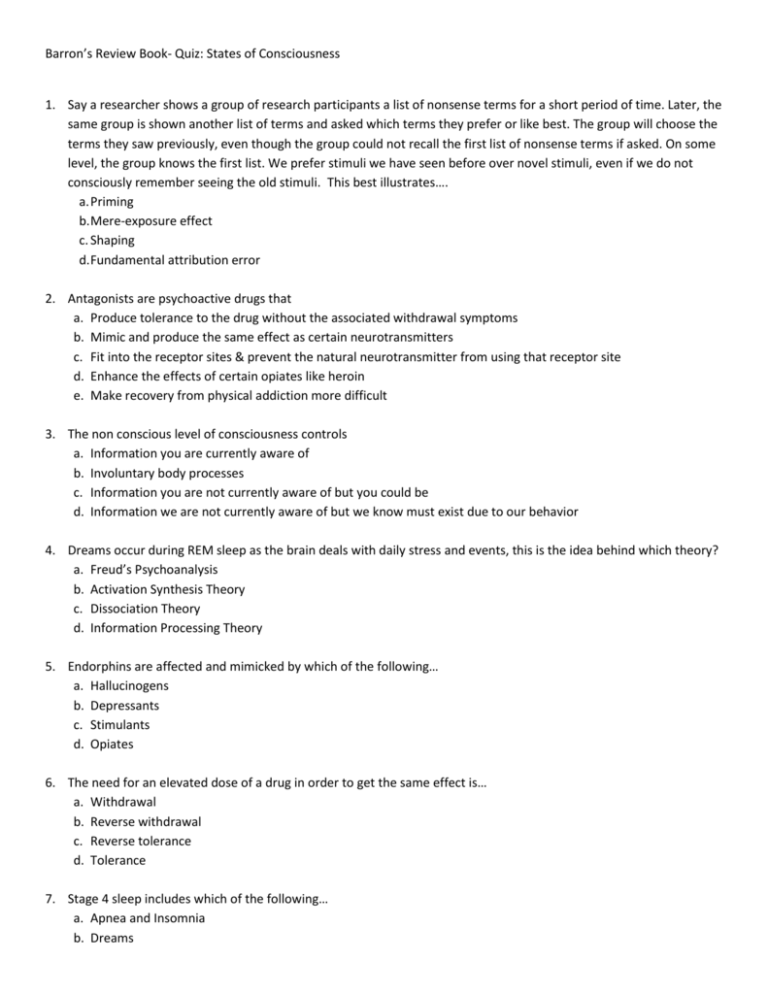
Barron’s Review Book- Quiz: States of Consciousness 1. Say a researcher shows a group of research participants a list of nonsense terms for a short period of time. Later, the same group is shown another list of terms and asked which terms they prefer or like best. The group will choose the terms they saw previously, even though the group could not recall the first list of nonsense terms if asked. On some level, the group knows the first list. We prefer stimuli we have seen before over novel stimuli, even if we do not consciously remember seeing the old stimuli. This best illustrates…. a. Priming b. Mere-exposure effect c. Shaping d. Fundamental attribution error 2. Antagonists are psychoactive drugs that a. Produce tolerance to the drug without the associated withdrawal symptoms b. Mimic and produce the same effect as certain neurotransmitters c. Fit into the receptor sites & prevent the natural neurotransmitter from using that receptor site d. Enhance the effects of certain opiates like heroin e. Make recovery from physical addiction more difficult 3. The non conscious level of consciousness controls a. Information you are currently aware of b. Involuntary body processes c. Information you are not currently aware of but you could be d. Information we are not currently aware of but we know must exist due to our behavior 4. Dreams occur during REM sleep as the brain deals with daily stress and events, this is the idea behind which theory? a. Freud’s Psychoanalysis b. Activation Synthesis Theory c. Dissociation Theory d. Information Processing Theory 5. Endorphins are affected and mimicked by which of the following… a. Hallucinogens b. Depressants c. Stimulants d. Opiates 6. The need for an elevated dose of a drug in order to get the same effect is… a. Withdrawal b. Reverse withdrawal c. Reverse tolerance d. Tolerance 7. Stage 4 sleep includes which of the following… a. Apnea and Insomnia b. Dreams c. Night terrors and somnambulism d. Somnambulism and insomnia 8. Hilgard’s Dissociation Theory experiment with hypnotism and pain control demonstrates … a. Importance of research on split brain patients b. presence of a hidden observer c. seeks to find the latent content d. the importance of social phenomena and roles 9. Which two sleep disorders occur most commonly? a. Apnea and insomnia b. Somnambulism and insomnia c. Apnea and narcolepsy d. Insomnia and narcolepsy 10. During a normal night’s sleep how many times do we pass through the different stages of sleep? a. 2 b. 2-3 c. 8-11 d. 5-6 e. 11-15 11. People with rich fantasy lives are more hypnotizable. This evidence best supports which theory? a. Role Theory b. Activation Synthesis c. Psychoanalysis d. Dissociation Theory 12. Activation Synthesis Theory tries to explain… a. How consciousness emerges out of neural firing b. The origin and function of dreams c. The origin and function of hypnosis d. How drugs create euphoric effects 13. Marijuana is considered a …. a. Opiate b. Stimulant c. Hallucinogen d. Depressant 14. Historical discussion of consciousness that believe that humans consist of two materials, thought and matter. Thought gives humans free will. It is eternal and continues existing after the brain. a. Monists b. Protestants c. Dualists d. Freudians 15. Our level of awareness about ourselves and our environment is :_______________

